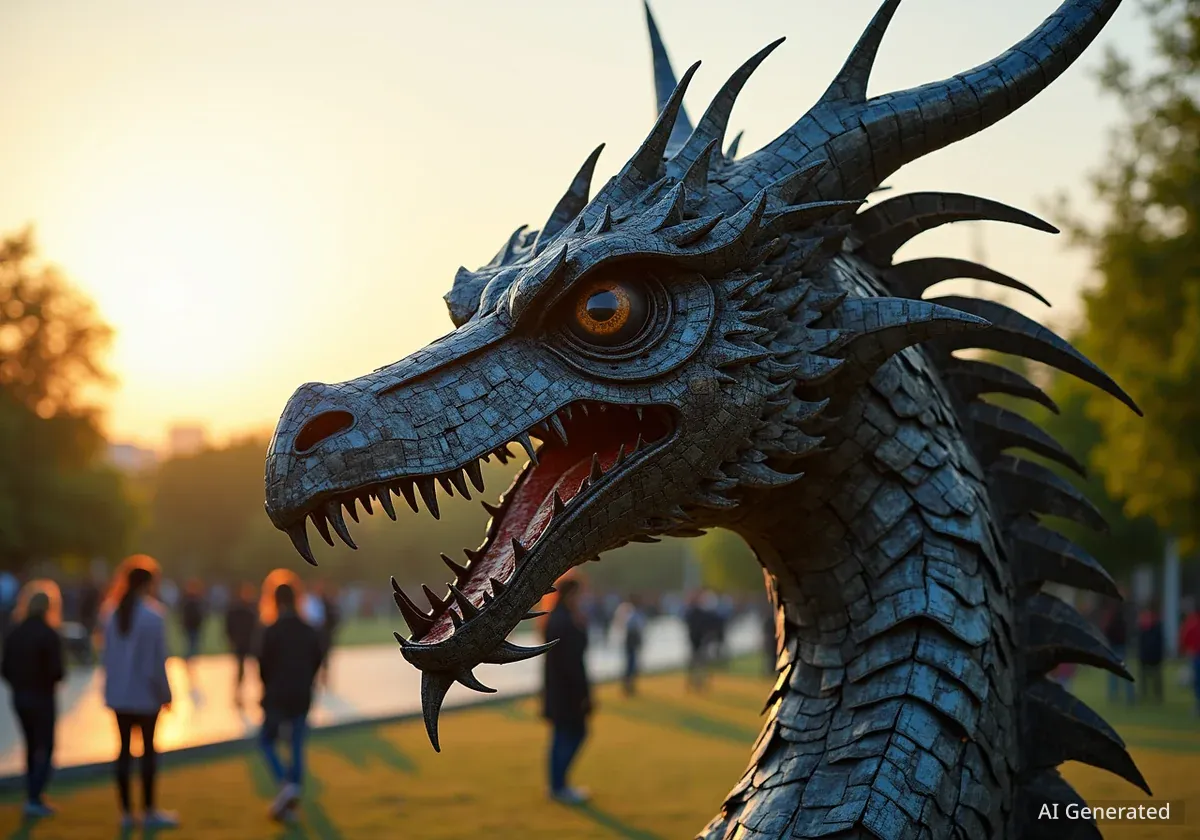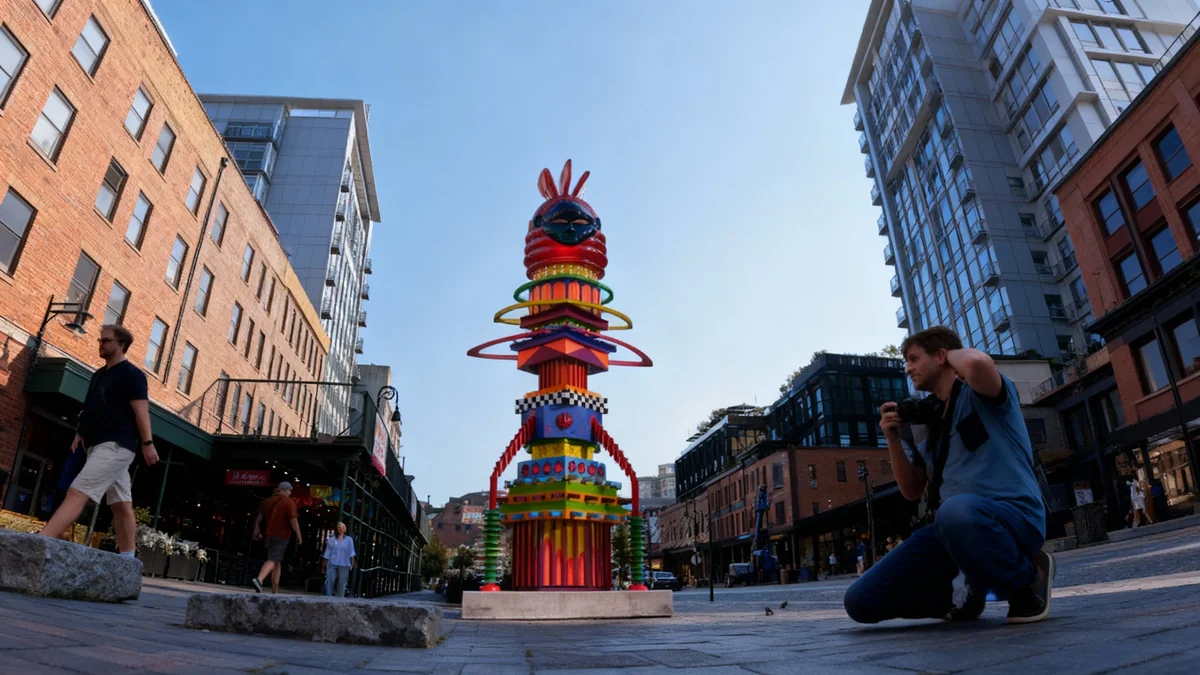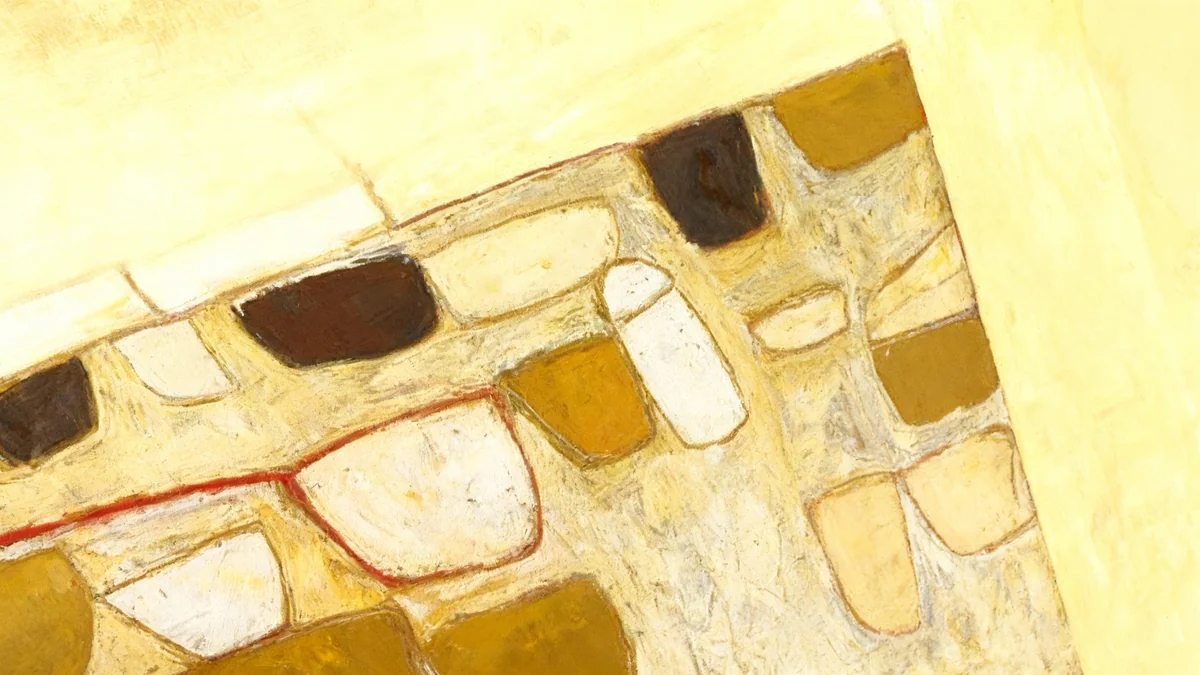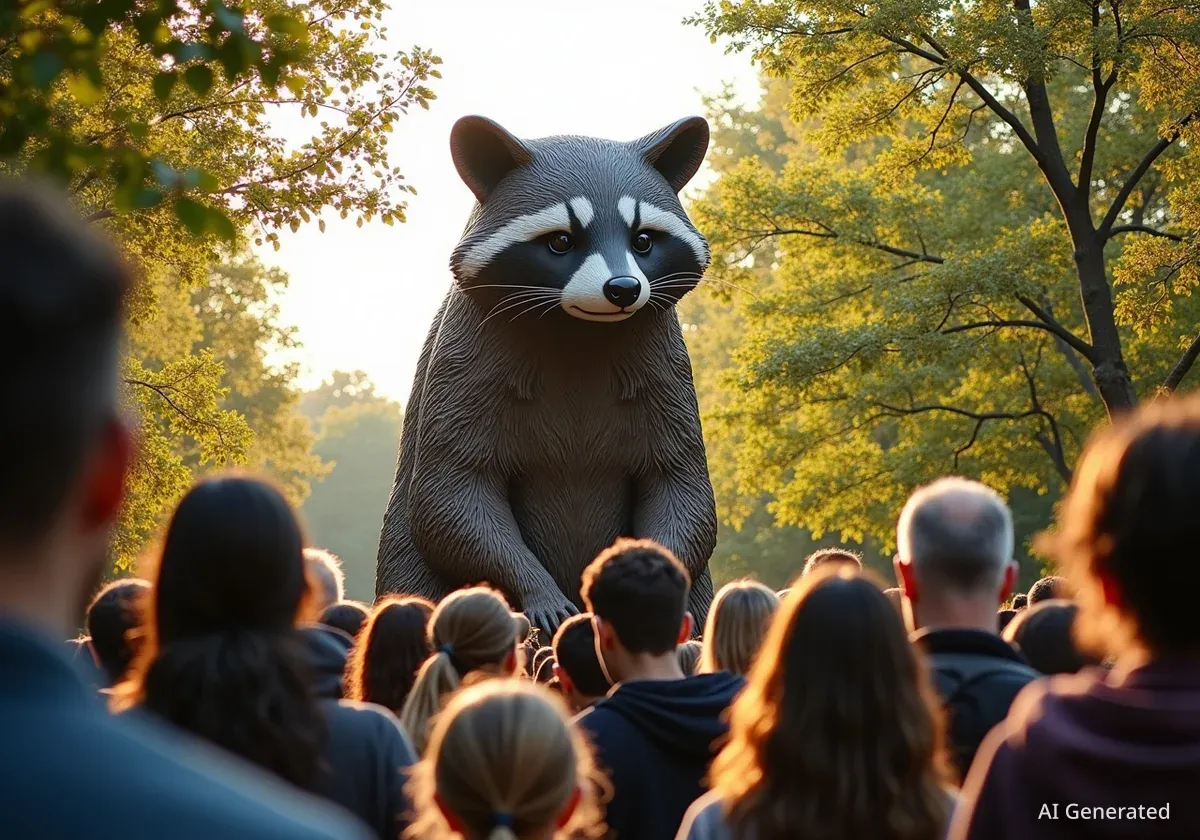Ehtisham Jadoon, an artist based in Islamabad, is creating large-scale sculptures from scrap metal. His work includes animals and fantastical creatures, some weighing several tonnes. Jadoon aims to beautify public spaces in Pakistan and provide opportunities for local workers through his unique art.
Key Takeaways
- Ehtisham Jadoon creates massive sculptures from discarded metal in Islamabad.
- His art focuses on themes of nature, sustainability, and national pride.
- Each sculpture can take thousands of hours to complete, often involving complex engineering.
- Jadoon supports local communities by providing jobs and skill development.
- He plans future exhibitions and a monumental dragon sculpture in northern Pakistan.
From Discarded Metal to Grand Art
Ehtisham Jadoon's workshop in Islamabad is home to an unusual collection of art. Here, old car parts, reclaimed tools, and steel sheets are transformed into imposing figures. Visitors can see an ibex with rustic horns, a tyrannosaurus rex with gear-like insides, and a lion with a mane of steel cables. These pieces are not only artistic expressions but also statements on sustainability and national pride.
The artist explains that his journey into metal sculpting was not planned. "I didn't know what my passion was," Jadoon stated. He spent 35 years searching for his calling, trying various activities like martial arts and mountain biking. Eventually, he discovered his true passion in working with his hands and shaping metal.
Sculpture Facts
- The dinosaur sculpture, named Maximus, is 22 feet long and 12 feet high.
- It weighs approximately two tonnes.
- The tree sculpture has a 25-foot radius and features 7,000 to 8,000 leaves.
- Some projects require 2,000 to 3,000 hours of work.
The Demanding Process of Metal Art
Metalwork is a physically challenging and hazardous art form. Jadoon describes the intensity of welding, noting that he experiences burns daily and sustains other injuries almost every two weeks. Despite these dangers, he finds deep enjoyment in the process. "My art may be difficult, but there's a novelty to it," he said.
His creative process begins and ends in his mind. Jadoon often visualizes objects in metal and then works to recreate them using scrap materials he finds. He does not sketch or plan extensively. Instead, he begins welding directly, letting the form evolve as he works. This intuitive approach allows each piece to reflect his "mental and emotional state" at the time of its creation.
"Welding burns you, I get burnt every day," Ehtisham Jadoon shared from his workshop, highlighting the inherent risks of his craft.
Jadoon dedicates 12 to 14 hours daily to his workshop. He has not taken a day off in over a year, driven by his passion. He views his work not as a chore but as a continuous learning experience. He often disassembles and remakes sculptures multiple times until he is fully satisfied. For example, he remade his lion sculpture twice and the dinosaur four times to achieve the desired improvements.
Background on Scrap Metal Art
Scrap metal art, also known as recycled art or junk art, involves creating sculptures or objects from discarded materials. This art form promotes environmental awareness by giving new life to waste. Artists often use various welding and fabrication techniques to assemble diverse metal pieces into cohesive forms. The practice has gained popularity worldwide as a way to combine artistic expression with sustainable practices.
Inspiration, Sustainability, and Community Impact
Nature is a primary source of inspiration for Jadoon, particularly the northern regions of Pakistan where he seeks peace. He has witnessed the changing landscape of his hometown, Abbottabad, due to urbanization. This experience motivates him to create art that helps beautify places. Movies and television shows also inspire his work; the T-rex sculpture, Maximus, was inspired by the film Jurassic Park.
A core aspect of Jadoon's work is sustainability. He emphasizes the inherent beauty of discarded materials. "The thing about my materials is that they only get more beautiful with time," he stated. His goal is to educate people about the value that can be found in discarded forms. He encourages others to see the artistic potential in old scrapyards.
Initially, his sculptures were purely passion projects. Now, Jadoon markets his work, using the proceeds to create positive change. He provides jobs and develops skills for local people, benefiting their communities and the country. He believes art can offer hope and opportunity.
- National Animal: Jadoon holds a special affection for his markhor sculpture, Pakistan's national animal, viewing it as a symbol of the Pakistani people's strength and courage.
- Public Spaces: He advocates for displaying art in public areas, especially airports, to showcase a nation's creative spirit.
Future Visions and Public Engagement
Jadoon envisions grand projects for the future. His ultimate ambition is to create a 70-foot fire-breathing dragon opposite the Passu Cones in northern Pakistan. He imagines this monumental sculpture flanked by a river and a valley, hoping it will attract global attention and become one of Pakistan's most impressive artworks.
He actively engages with the public. His workshop in Islamabad is open to visitors, including children with special needs. He plans an exhibition at Islamabad's Centaurus Mall from September 22 to 25 and is discussing another in Karachi later in the year. Beyond these showcases, Jadoon aims to install his art in underdeveloped areas. He hopes his work will draw visitors to these regions, shedding light on the conditions of local residents and inspiring support.
"I want the whole world to see that, it'll definitely be one of the most impressive sculptures in Pakistan," Jadoon said about his planned 70-foot dragon sculpture.
Jadoon believes that people in these areas primarily need opportunities to succeed. He advises young people to be proactive and creative rather than spending time passively. "Utilise yourselves, create something," he urges. He concludes that a well-lived life is one that makes a positive difference, no matter how small, with the value of achievements measured by their impact.




